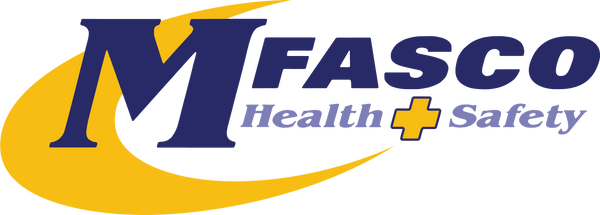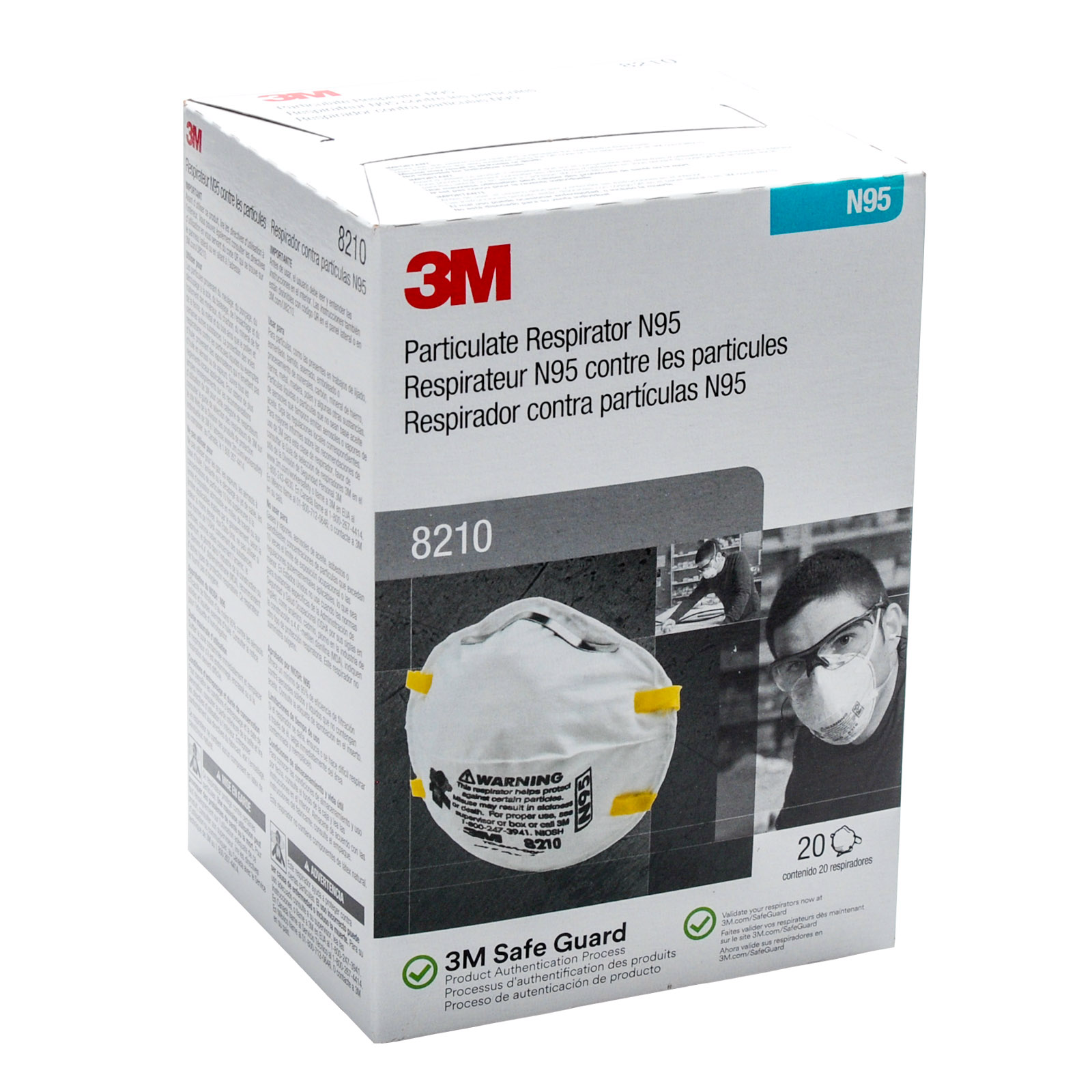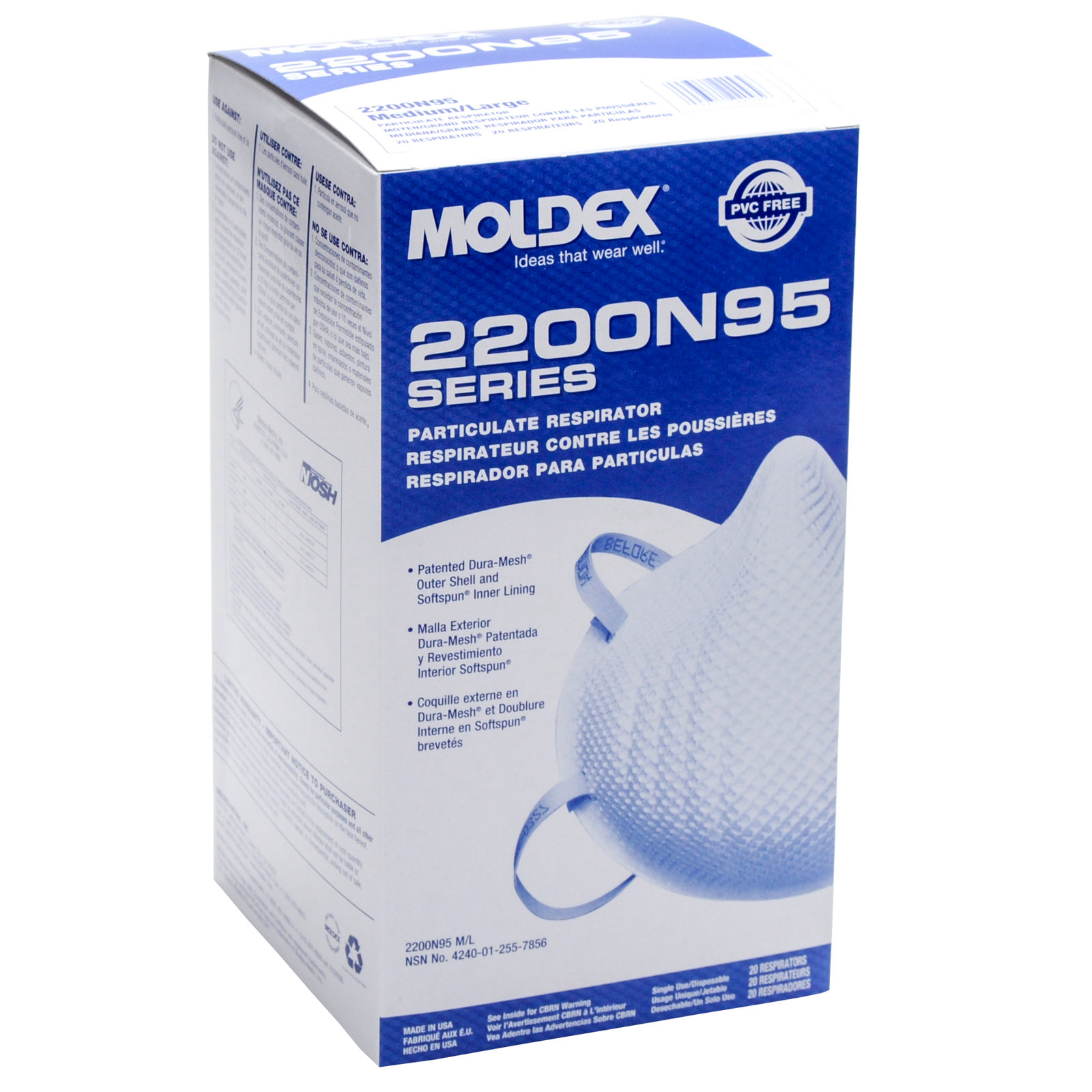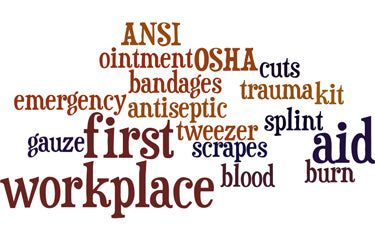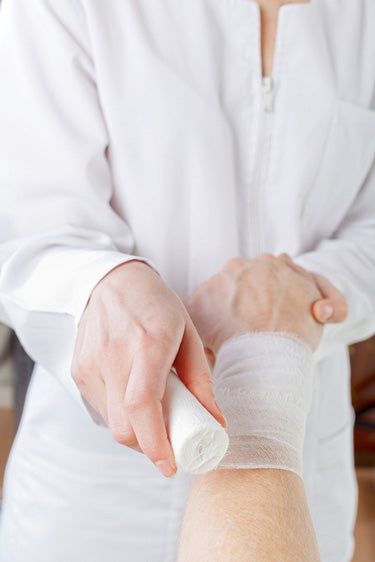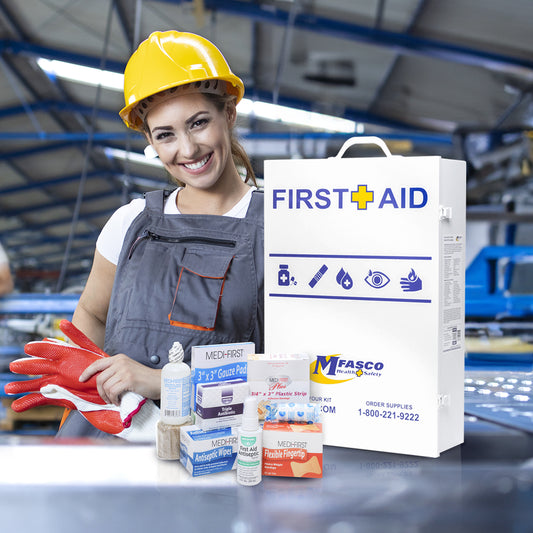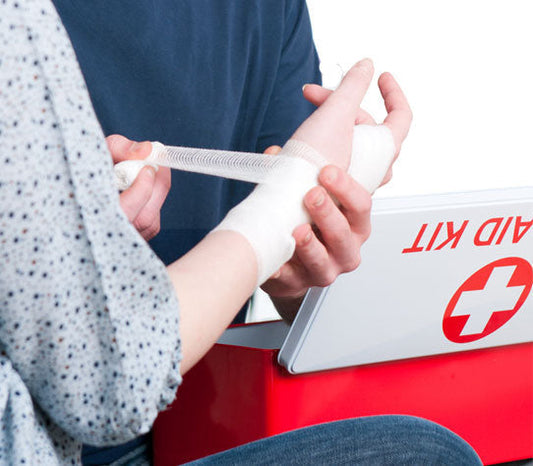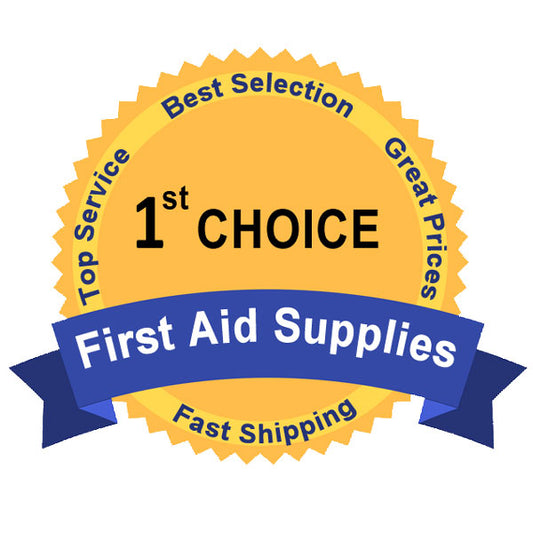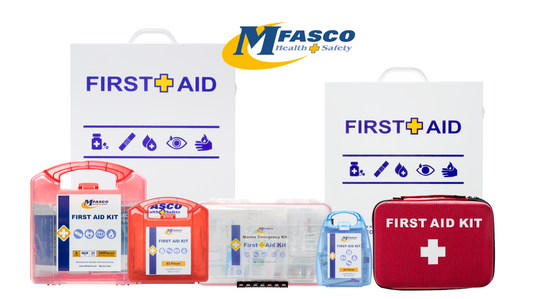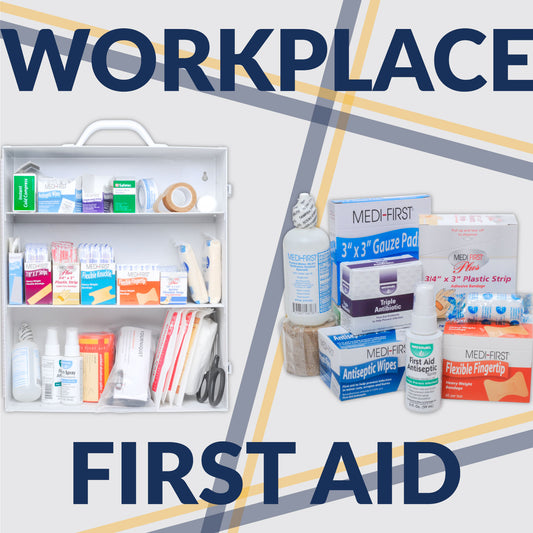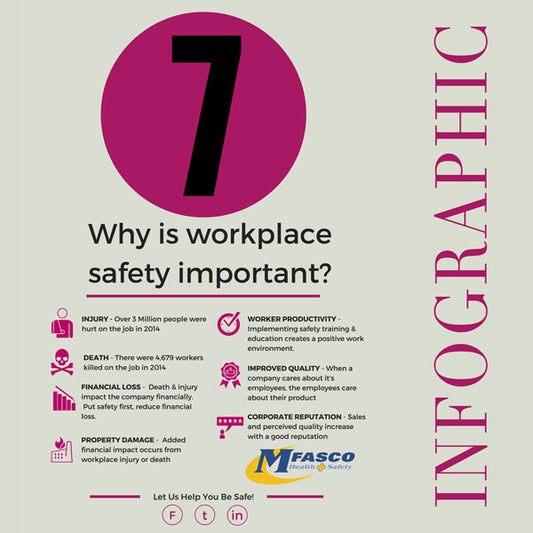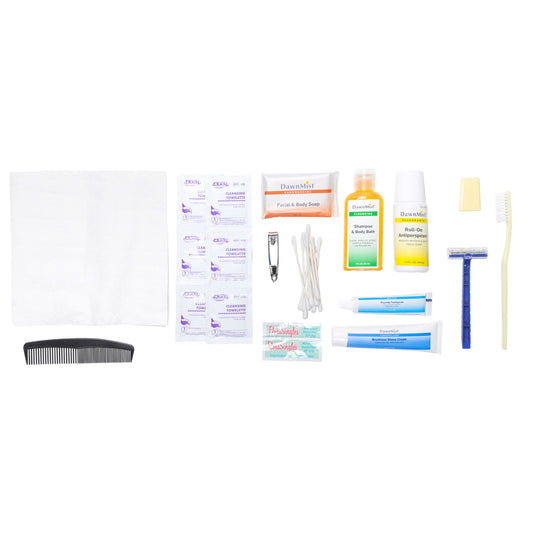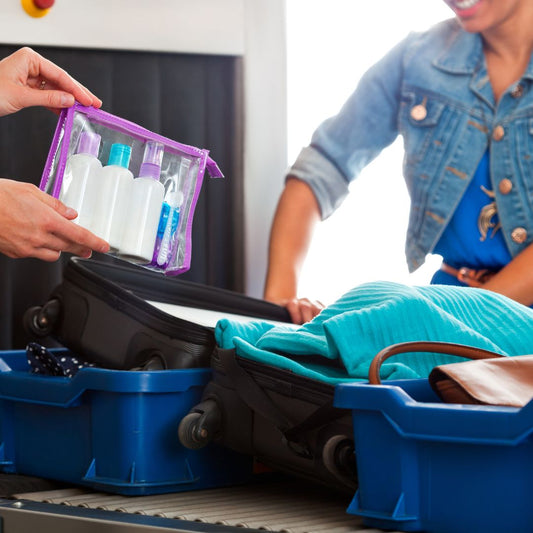OSHA Crystalline Silica Rule
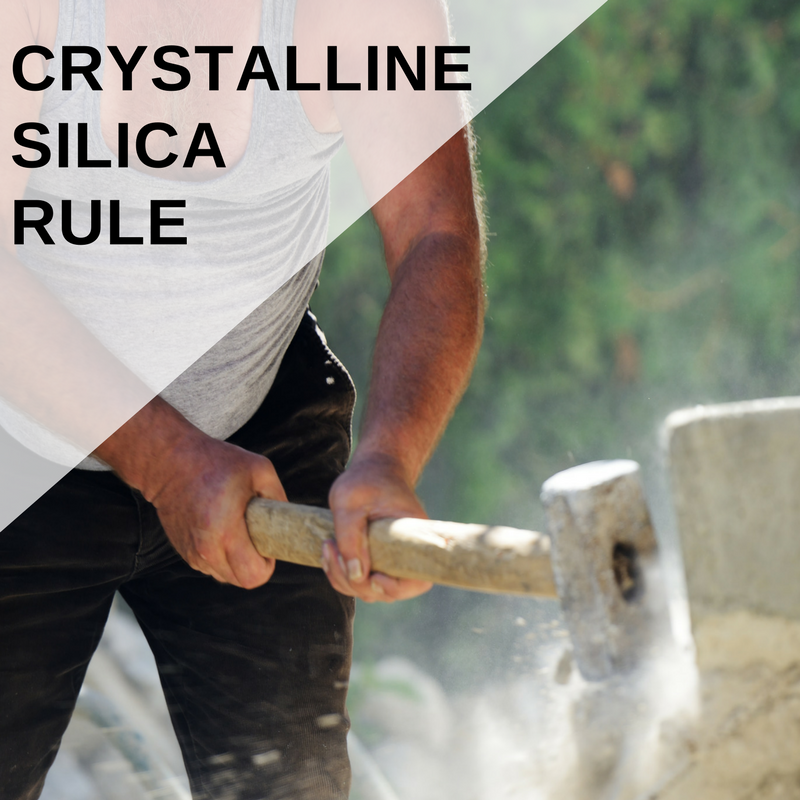
Americans who work with stone, cement, masonry, tombstones, and more are at risk of potential hazardous exposure to crystalline silica. These tiny particles are generated from sawing, cutting, crushing, and drilling the materials mentioned above. When these particles enter the respiratory system can increase the risk of developing silicosis, lung cancer, and kidney disease.
OSHA recognizes crystalline silica as hazardous and potentially deadly if the proper steps are not taken to protect workers. Currently, there are about two million construction workers exposed to respirable crystalline silica. OSHA estimates that about 840,000 of these workers are exposed to silica levels that exceed the new safe limits established by the Federal agency. While jobs that involve jackhammers, chipping tools, drilling rigs, milling demolition, and crushing machines most likely fall under the new OSHA rule. Tasks like mixing mortar, pouring concrete footers, slab foundations, and removing concrete formwork experience low exposure levels and the rule does not apply.
Rule Requirements
The new rule requires employers to limit worker exposure to respirable crystalline silica and to take other steps to protect workers. Employers who are covered by the rule are required to:
- Establish and implement a written exposure control plan that identifies tasks that involve exposure and methods used to protect workers, including procedures to restrict access to work areas where high exposures may occur.
- Designate a competent person to implement the written exposure control plan.
- Restrict housekeeping practices that expose workers to silica where feasible alternatives are available.
- Offer medical exams including chest x-rays and lung function tests every three years for workers who are required by the rule to wear a respirator for 30 or more days per year.
- Train workers on operations that result in silica exposure and ways to limit exposure.
- Keep records of workers' silica exposure and medical exams.
Crystalline Silica Rule Resources
 Complying with new OSHA rules can be overwhelming. We have compiled some helpful link resources to get you started.
Complying with new OSHA rules can be overwhelming. We have compiled some helpful link resources to get you started.
OSHA's landing page for Crystalline Silica rule resources- This page is loaded with resources including a sample exposure control plan as well as several helpful studies. There are two tabs on this page which reveal more resources. Look carefully.
OSHA's Fact Sheet for the Crystalline Silica
An overview of the new rule is covered on this OSHA page.
This guidance document provides an overview of OSHA’s Respirable Crystalline Silica rule for Construction. It is advisory in nature and informational in content. It is not a rule or regulation.
3M Crystalline Silica Resource Page. Posters, infographics, webcasts, training courses, technical help, and even interaction with a 3M respiratory specialist from the tremendous resource provided by 3M.
3M Crystalline Silica Flyer. This two-sided flyer includes a helpful respirator selection infographic and a chart identifying tasks, engineering, and work practice control methods, and the required respiratory protection and minimum assigned protection factor (APF)
White paper about Crystalline Silica provided by 3M. A helpful document providing an overview of the hazard, its impact on workers, and how to protect ourselves.
3M Technical DataBulletin on Crystalline Silica in Construction. This bulletin includes many of the technical questions including scope, exposure limits, exposure control methods, and more.
Respiratory Safety Products & Accessories
Safety Respirator Masks
Disposable Respirator Masks
PPE Masks & Protective Clothing
Workplace Safety Equipment
Additional Resources for Respirator and PPE Safety
How To Select the Right PPE
A Basic Video Guide to PPE
What Are the Different Types of Protective Respirators
4 Strategies for Promoting Workplace Health & Safety
Contributing Expert

Mike Brinker
Mike Brinker has been working in the first aid industry for over 35 years. He has worked with thousands of businesses,groups, and organizations to provide a healthy and safe work environment. Mike helped create “Make-A-Kit”, the internet's only online first aid kit creation tool. He has also authored many helpful first-aid and safety-related resource articles found at the MFASCO Learning Center.
